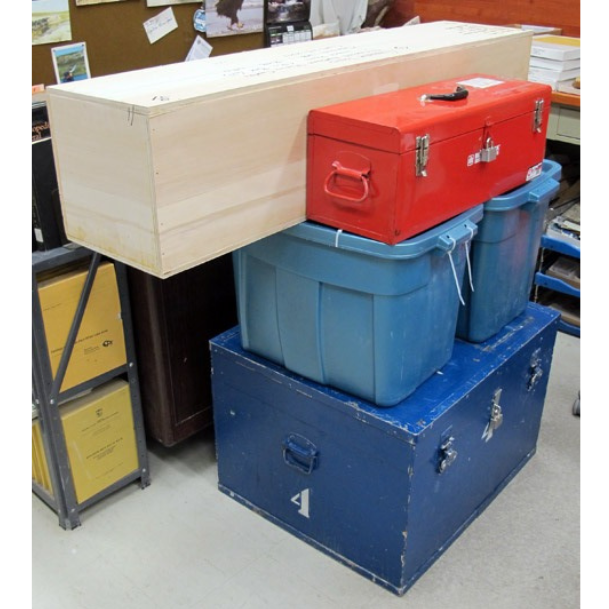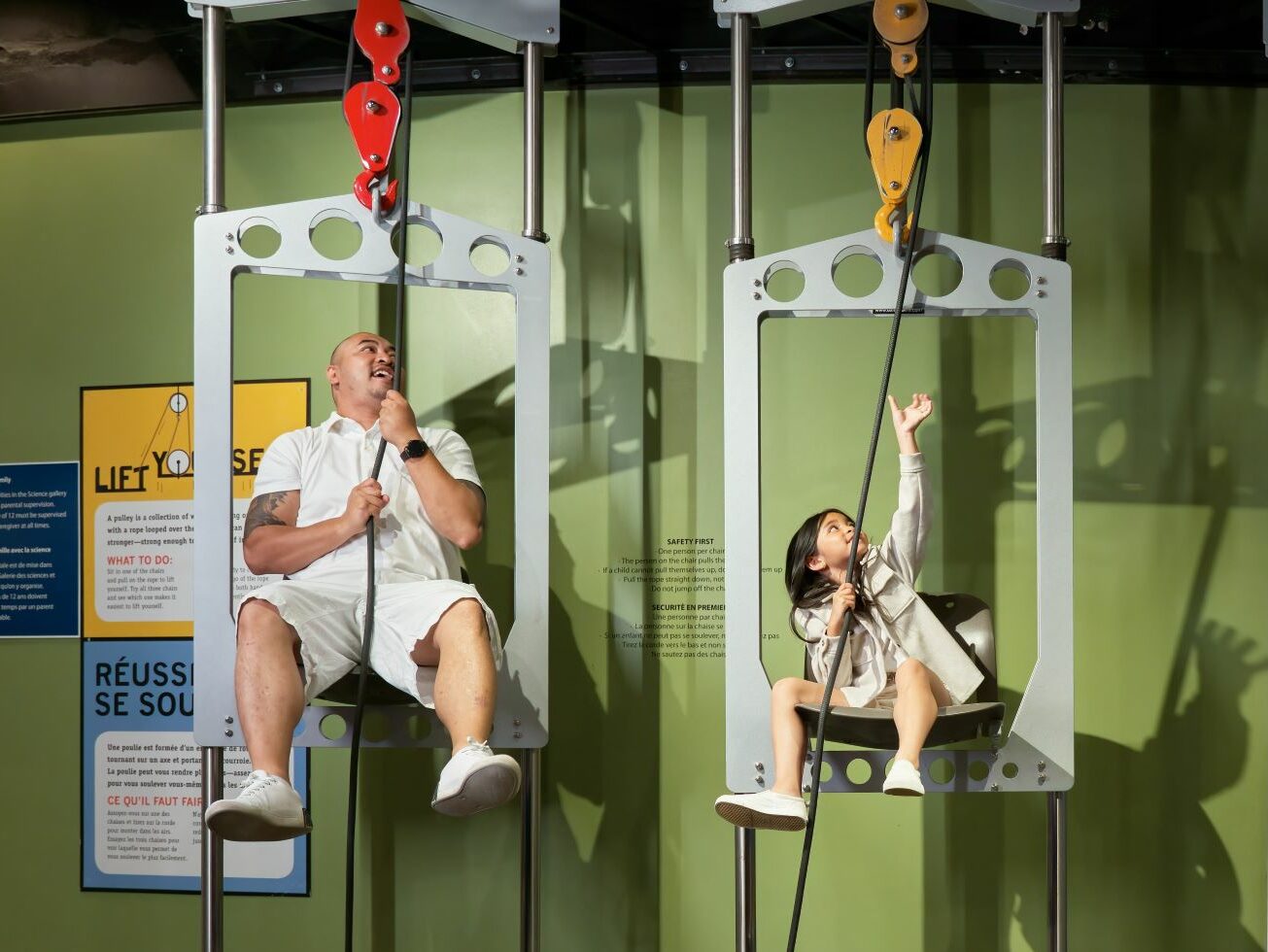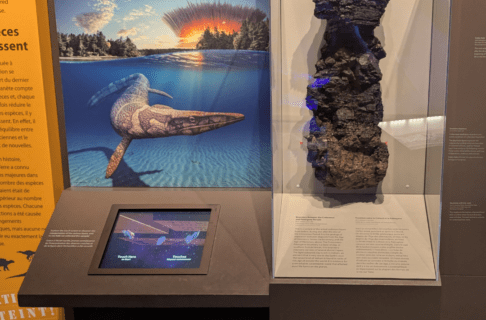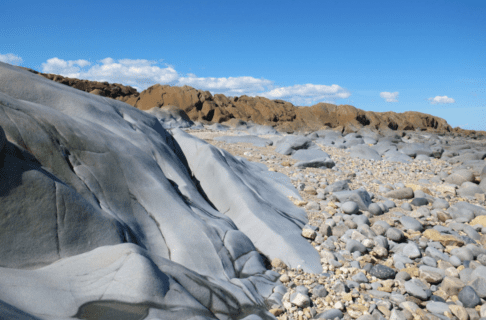Posted on: Thursday July 7, 2011
By Dr. Graham Young, past Curator of Palaeontology & Geology
In a couple of weeks we will be doing fieldwork near Churchill, collecting fossils on the shore of Hudson Bay. We will be flying up, and therefore have a limited checked baggage allowance. Paleontological fieldwork is not a lightweight pursuit, so the mound of gear shown above was shipped off this morning, taking the slow surface route by truck and train (Churchill has no road link to the rest of Canada).

We tried to limit what we are taking, but these crates and boxes together weigh about 260 pounds (more than 100 kg). They hold hammers, chisels, pry bars, bags, packing materials, gumboots, pails, brushes … all the heavy or bulky paraphernalia associated with successful fieldwork. And if that fieldwork is successful, they will be returning to the Museum much heavier still, loaded with samples!
As we were packing up, I started to think about the history of some of the items we are taking. We were cleaning cloth field bags, some of which have tags showing that they date back to provincial survey fieldwork in the 1950s and 60s. That blue crate in the photo has been to Churchill many times in the past 15 years (including the trip when we found the giant trilobite), and was itself inherited from an earlier generation of Museum scientists. Some of the tools are also becoming rather “aged.”
At some point, should some of our everyday scientific items be assessed, to determine if they will become artifacts in a different Museum collection?





